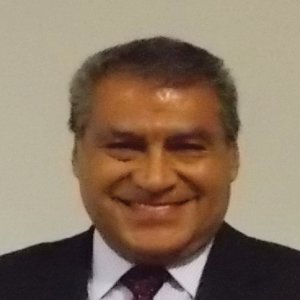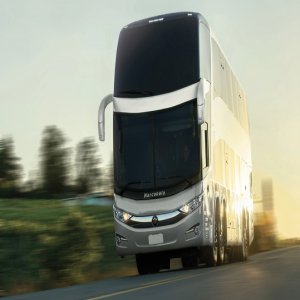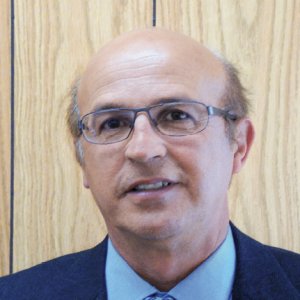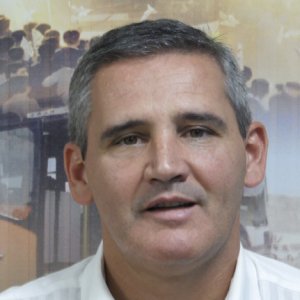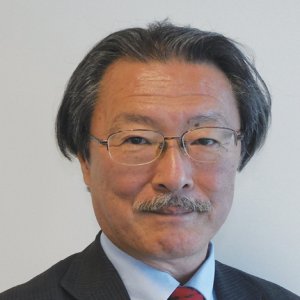Satisfying Industry Demans for Expertise

STORY INLINE POST
Q: How did UVM become the second most important private engineering school in the country?
A: The university’s broad experience and the substantial growth in our mechatronics and industrial engineering programs have led to these two specialized areas representing 38% of our engineering enrollment. The main focus of our graduates is specialized manufacturing, which is particularly beneficial for the automotive industry. I firmly believe that the Mexican aeronautic industry’s success hinges on the growth of the automotive industry, so the demand for engineers will continue to rise. With this in mind, we must create educational programs that follow industry tendencies, which is why our manufacturing technologies program caters to industry needs, alongside the mechatronics and industrial engineering majors. Our postgraduate specialization program has also been channeled toward the automotive industry. Of equal importance is the career path set out for industrial mechanics and mechatronics majors with a focus on the automotive industry. Vehicle infotainment trends are the reason behind our decision to align our study plans with embedded electronics, having been advised by multiple OEMs on how to implement these programs. This allowed us to understand what is needed in order to be proficient in the marketplace.
To establish a geographical connection with the industry, our engineering programs are offered at five main campuses in Toluca, Lomas Verdes, Saltillo, Hermosillo, and Puebla. We also have condensed courses in Campus Queretaro, Campus San Luis Potosi, and Campus Aguascalientes. We are currently tackling regions where companies have already vocalized demand for expertise, but as automotive regions continue to evolve, our study programs are expected to expand to Monterrey and Guadalajara. Since only a few campuses are pillars for UVM’s engineering programs, we ensure that students are aware of the strength of engineering programs in other campuses using link-up programs to attract them from a broader geographical base. For example, our Aguascalientes campus has a strong relationship with Nissan, generating multiple internship program requests. Our Toluca facility has a similar program, which increases student confidence in obtaining employment after graduating.
Q: What strategies has UVM applied to attract engineering talent from lower educational levels, and what preventive measures have you taken to lower the drop-out level?
A: The first hurdle that dissuades students from the engineering field is the basic science courses that precede them. Over the course of the last 11 years, we have been working on ways to make these courses less tedious for students at a high school level, by organizing national robotics competitions during which 950 of our students develop their own personal project. We decided to focus our competitions on the robotics field because these machines are striking and attract attention, but there are multiple categories within the competition for students from high school age up to college students between their first and third semester. These kinds of events allow lower level students to get involved in the science and engineering field in an exciting way, and to put what they have learnt so far into practice. Another competition that has also been taking place for 11 years is the automation challenge, in which we work closely with automotive companies, such as Festo Mexico. Over a period of three days, students work toward solving an industry challenge that involves basic fields like electro-pneumatics and pneumatics, as well as more intricate mechatronic design and mobile robotics fields.
Q: What facilities does UVM offer its students so that they can partake in dual-education programs?
A: Our students naturally start looking for work as soon as they reach their sixth semester. UVM also obligates students to participate in professional internships once they reach their final semester of studies. Therefore, our students spend the last 400 hours of their semester within a controlled work environment, while being tutored by our professors, instead of in a classroom or laboratory. Moreover, we are developing a technician program called TechVoc, based on the dual-educational system. The goal of the TechVoc program is to either professionalize those already working in the industry, or attract young people that wish to become technicians. The approach for that study program is directed toward the maintenance of industrial plants, as well as the assembly and manufacturing of products.
